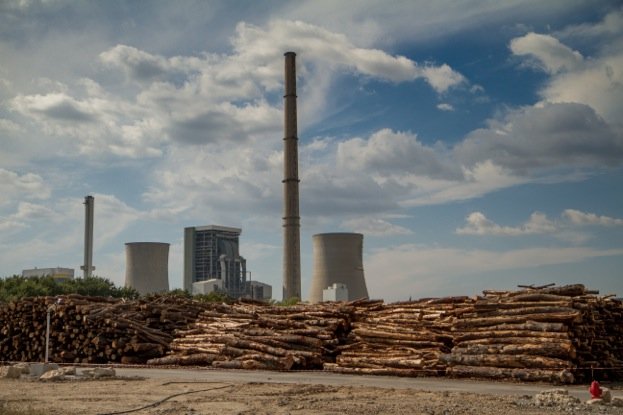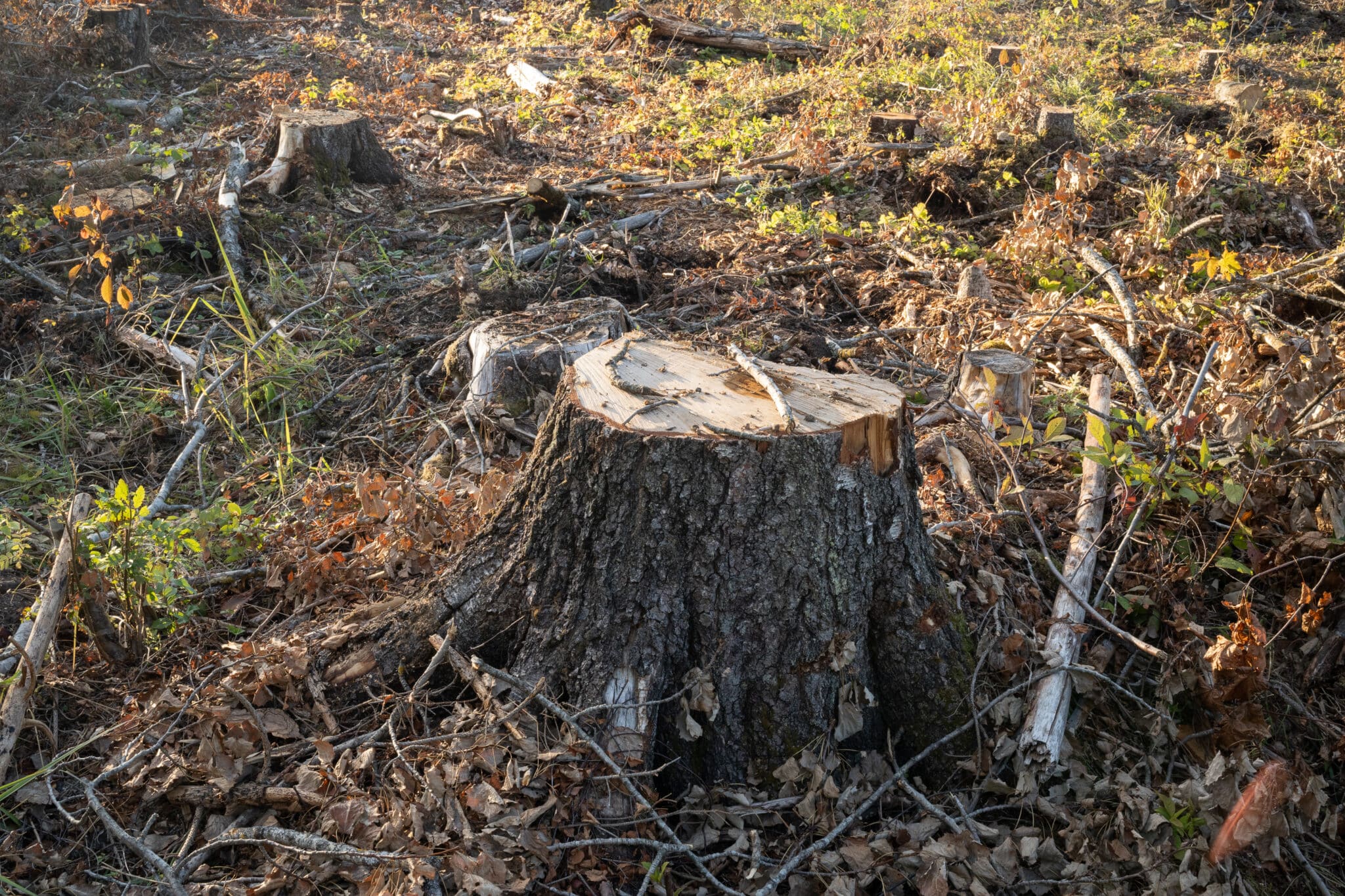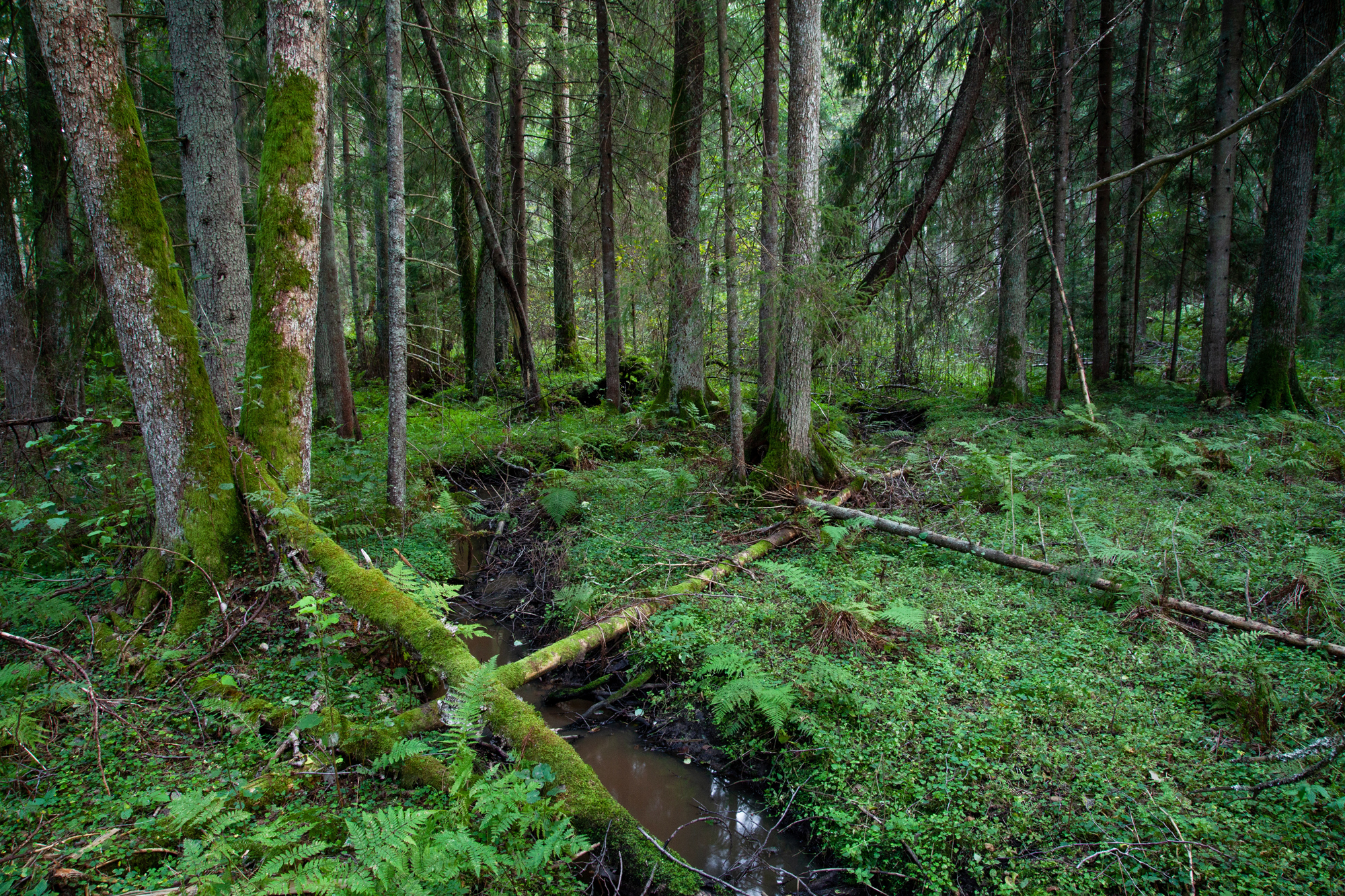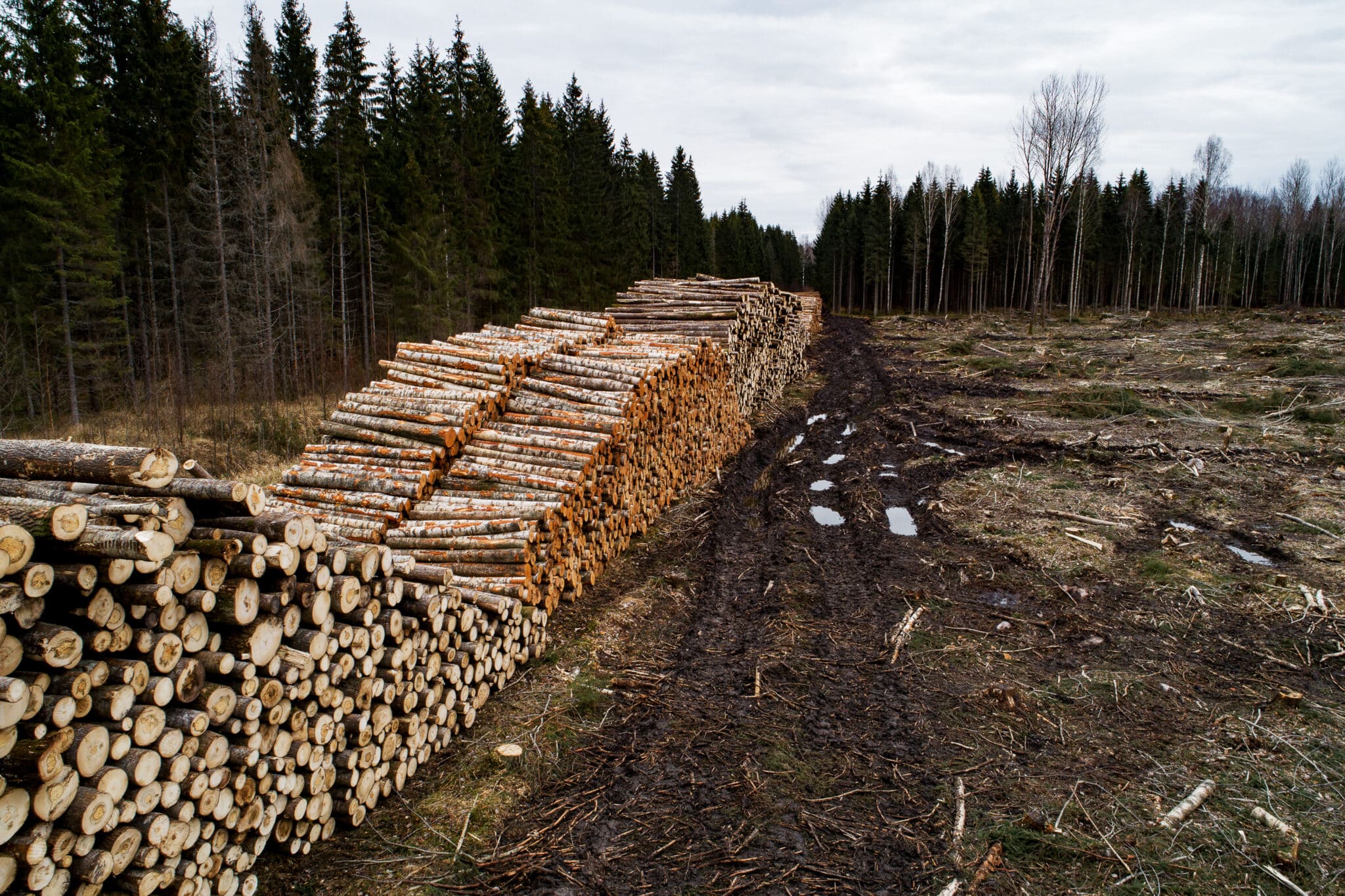Press release: EU Commission labels burning trees for energy ‘sustainable’ – 97% of European forests could be at risk of destruction

“Fit for 55" package takes two steps forward, and 100 steps back with revised Renewable Energy Directive proposal
By Honey Kohan
Today the European Commission published its “Fit For 55” legislative package, a basket of policy proposals that aim to reduce the EU’s emissions by 55% by 2030 compared to 1990 levels. However, the updates to the Renewable Energy Directive (RED) will actively work against this goal, and therefore threaten to work against any progress this package makes.
Currently, the EU gets roughly 60% of its renewable energy from combusting biomass or biomass-derived fuels, 18% of that by burning forest wood, and around 40% comes from actual renewable, climate-friendly energy, such as wind and solar power.
The RED proposal will encourage a further increase in tree burning as it will continue to consider it a climate-friendly, sustainable energy source. But burning wood emits even more carbon dioxide than burning fossil fuels, regardless of how it is sourced. [1]
The Commission proposal for the reviewed RED:
- Wrongly continues to count burning trees for energy as zero-carbon in the energy sector.
- Does nothing to end the burning of bioenergy feedstocks that do more harm than good for the climate, such as forest biomass.
- Introduces no-go areas for sourcing, such as primary forests. Problem: such forests only represent 3% of EU forests, leaving the remaining 97% still open to exploitation.
- Includes weak language that Member States shall grant no support for the burning of high quality wood such as “veneer logs” for energy, which has little effect as the industry mainly burns wood of low financial value, but of high biodiversity and carbon value.
- Does nothing to reduce the amount of wood being burned or the particulate air pollution it releases.
- Includes no additional restrictions on the use of food and feed crops for biofuels and biogas. Such biofuels are linked to intensive agricultural production in Europe and deforestation abroad.
In February more than 500 scientists wrote to the EU warning that “numerous studies have shown, this burning of wood will increase warming for decades to centuries. That is true even when the wood replaces coal, oil or natural gas.”
At the same time, demand for forest biomass increases logging pressure on EU forests that are already heavily harvested. EU countries have estimated that 79% of valuable forest habitats are threatened by forestry activities. In addition to this, forest carbon sinks are decreasing and set to reduce by a third by 2030.
Commission vice president Timmermans had himself promised to make sure that bioenergy “does not do more harm than that it does good”. But after fierce lobbying pressure from Swedish and Finnish intensive forestry lobbies, representing two of the most heavily forested countries in the EU, the Commission caved in.
Ariel Brunner, Senior Head of Policy, BirdLife Europe:
“We have never known more about how to fight the climate crisis than we do right now. Even the average citizen is surely aware that logging and burning forests for energy, or burning food in our cars, isn’t just bad for the environment, but is destroying one of the main things the survival of humanity hinges on. If approved, the Renewable Energy Directive will undermine the rest of the Fit for 55 package, and contribute to wiping out forests and the wildlife that depends on them. We hope the EU Council and the European Parliament listen to the science, and common sense, to ensure the EU’s renewable energy target is met by, legitimately green, clean and renewable sources.”
ENDS.
Notes for editors:
[1] “The six fatal flaws of the Commission’s draft bioenergy proposals“ https://www.eubioenergy.com/2021/06/22/the-six-fatal-flaws-of-the-commissions-draft-bioenergy-proposals/
For more information, please contact:
Kenneth Richter
Bioenergy campaigner, BirdLife Europe & NABU
+49 172 279 4860
[email protected]
Honey Kohan
Communication Manager, BirdLife Europe and Central Asia
+32 483 55 95 43
[email protected]
BirdLife Europe and Central Asia is a partnership of 43 national conservation organisations and a leader in bird conservation. Our unique local to global approach enables us to deliver high impact and long-term conservation for the benefit of nature and people. BirdLife Europe and Central Asia is one of the six regional secretariats that compose BirdLife International. Based in Brussels, it supports the European and Central Asian Partnership and is present in 43 countries including all EU Member States. With more than 4100 staff in Europe, two million members and tens of thousands of skilled volunteers, BirdLife Europe and Central Asia, together with its national partners, owns or manages more than 6000 nature sites totalling 320,000 hectares.
Image credit: Benoit Grimont / Creative Commons
You might also be interested in:
 | Stichting BirdLife Europe gratefully acknowledges financial support from the European Commission. All content and opinions expressed on these pages are solely those of Stichting BirdLife Europe. The European Commission is not responsible for any use that may be made of the information it contains. |









